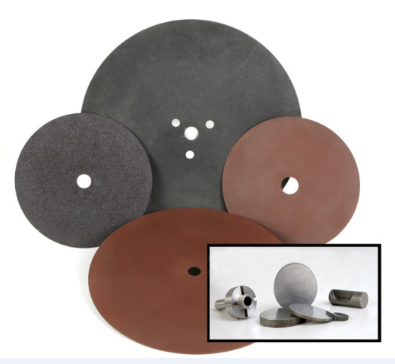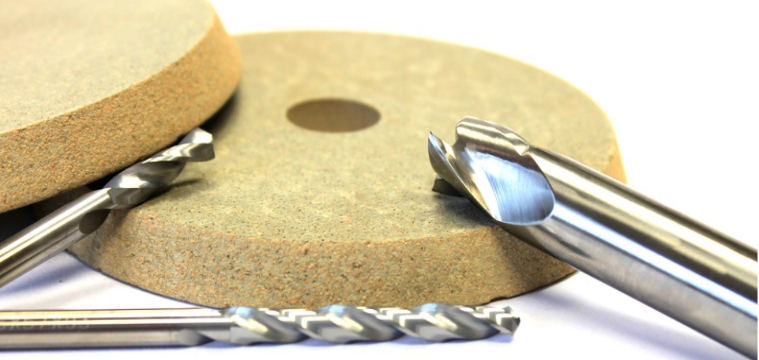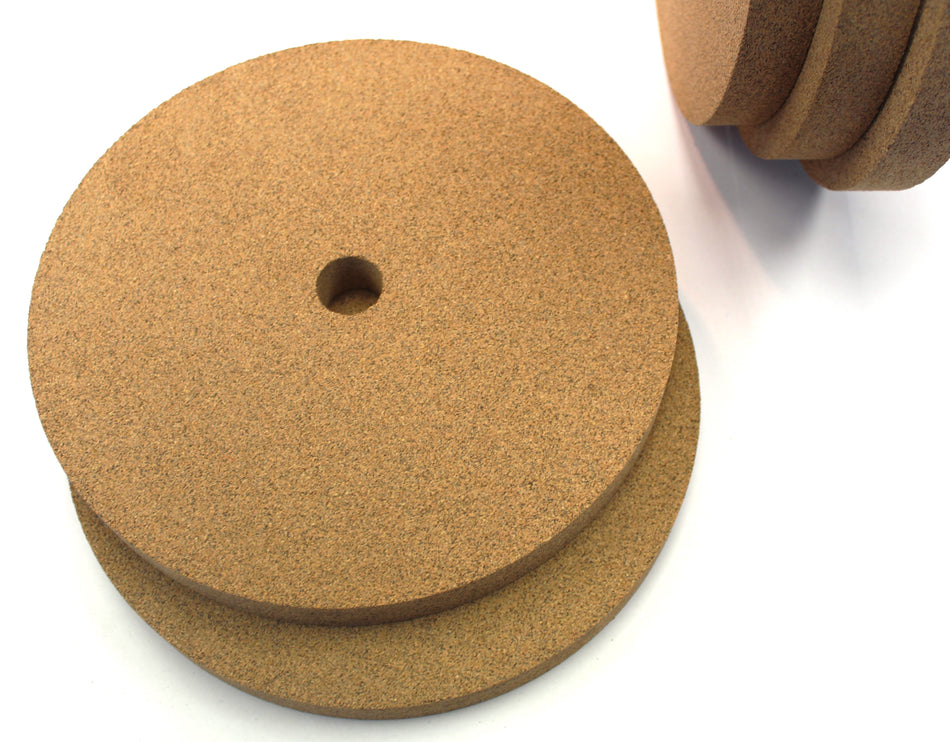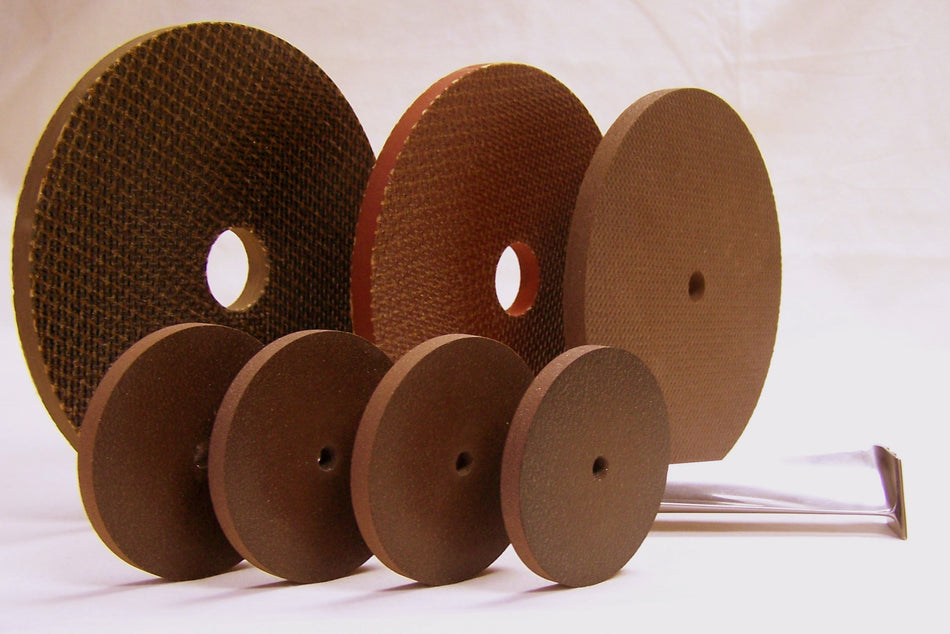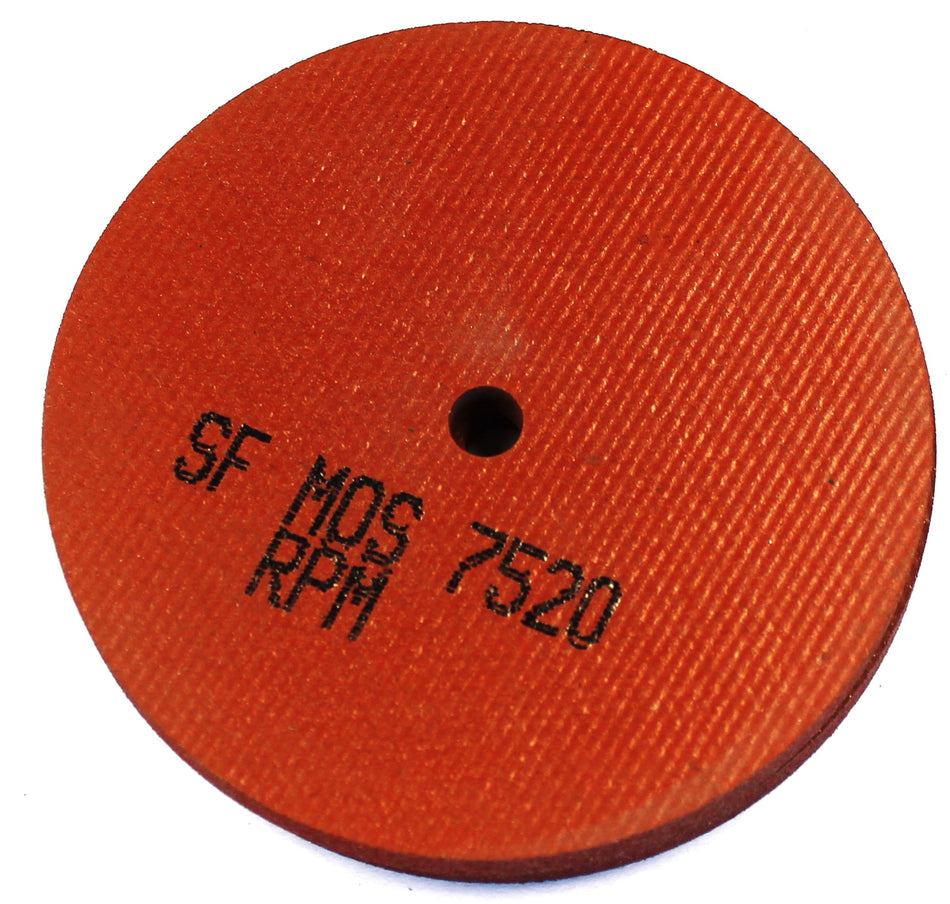Sectioning
Sectioning, the preparation of metallic specimens for mounting, polishing and testing. This is required in most metallographic work. It enables the production of a sample piece that is suitable for testing and analysis purposes. This allows the test piece to be properly overserved, documented & measured.
Care must be taken during the sectioning process in order to obtain the highest quality polished surfaces possible. The finished material can often be affected by different factors. These different factors range from alloy composition to processing conditions such as; cold working, heat treatment, and welding.
- Improper preparation of samples can lead to false interpretations or bad analysis. Therefore for high precision industries such as aerospace & automotive it is essential to select the most appropriate sectioning technique that works for you.
Sectioning Techniques:
In most cases sectioning is required to get an appropriate size and shape for testing purposes. Different sectioning techniques can be used. It is important that the sectioning technique selected must not significantly alter the material characteristics.
Some damage will inevitably occur at the cutting site. However, this damage can be minimized by applying appropriate techniques and taking care in the sectioning process.
Different Sectioning Techniques:
- Fracturing (The separation of an object or material into two or more pieces under the action of stress).
Fracturing can be used to obtain samples from brittle materials such as ceramics and carbides. This process requires fracturing the test piece and then polishing the fractured test piece.
- Shearing (Shear cutting, the separation of a workpiece by two blades moving in opposite directions past each other).
Shearing is a sectioning process that generates little heat, but it does produce substantial deformations and is not recommended for sensitive materials.
- Sawing
Sawing does produce a rough surface, considerable heat, and deformation.
- Abrasive cutting (Abrasive cutting is the process of using a thin rotating disc of abrasive consumable cutting wheels to prepare a test sample).
abrasive cutting for metallography is the most common method and most highly considered method, this is due to the wide range of materials and harnesses which can be effectively cut, and the excellent quality of surfaces produced.
- Wire Saws (A fine wire is continuously drawn over the sample at a controlled pressure).
This method is popular in the electronics industry however the cutting rates are very low.
Key points to consider for abrasive cutting for metallography
The quality of the abrasive cutting wheels. Always the most important feature to consider in selecting abrasive cutting wheels is safety.
Only purchase abrasive cutting wheels from reputable manufacturers.
- Follow the manufacturers’ safety guidelines.
- Always use a totally guarded machine and never exceed the recommended operating speeds.
- If you have any concerns contact the manufacturer.

Wheel Matching Advice
Wheel Matching:
To ensure the best abrasive cutting for metallography it is important to match the work piece material to the abrasive cutting wheel.
This is done through matching the wheel to:
- The material being cut:
- Is it Ferrous or Non-Ferrous?
- Hardness of material being cut?
The material being cut and the hardness of the material impact on the choice of abrasive material to be used in the cutting wheel.
Finer abrasive grains create a smoother cut and are preferential for delicate work. The thinner the abrasive cutting wheel the less damage to the work piece that occurs.
Abrasive cutting wheels can use either rubber or resin for bonding:
- Resin wheels are used for dry cutting
- Rubber wheels are used with a coolant.
Wheel Hardness:
Soft Wheels:
Softer wheels have a more porous bond which permits the wheel to break down and be consumed at a faster rate. The faster breakdown allows for more of the cutting particles to be exposed. This increases the cutting process.
Softer wheels are designed to cut hard metallic materials.
- It is important to note the hardness code of the abrasive cutting wheel being used and ensure that it matches with the material being cut.
Hard Wheels:
Harder wheels have a less porous bond and breakdown at a slower rate. They are designed for cutting softer metallic materials and as such provide an optimum cut for softer materials.
- It is important to note the hardness code of the abrasive cutting wheel being used and ensure that it matches with the material being cut.
Other Considerations include but are not limited to:
- The cutting machine being operated.
- Mounting, for abrasive cutting the workpiece must be mounted within a totally guarded fixed machine.
- Coolant or non-coolant, rubber bonded wheels are used with coolant, the coolant should be directed at the cutting spot and be even in pressure to ensure straight consistent cutting.
- Abrasive cutting wheel bond. Abrasive cutting wheels are designed for cutting specific materials. It is important to match the wheel hardness code to the appropriate material.
Sectioning is required in most metallographic work. Sectioning using abrasive cutting wheels enables the production of a sample piece that is suitable for testing and analysis. Care must be taken during the sectioning process to obtain high quality polished surfaces.
Most issues that arise in material testing can be traced back to improper care being taken when selecting and preparing a test specimen.
If you have any questions use the button below to contact us directly. Or learn more by visiting our precision cutting page.

